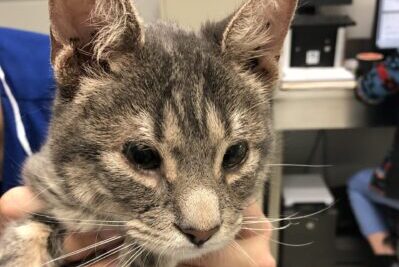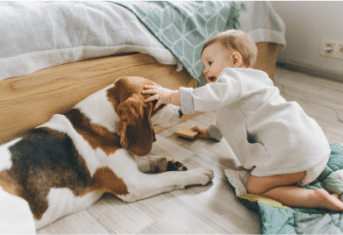Demystifying General Anesthesia, Part II: General Anesthesia

Demystifying General Anesthesia, Part II: General Anesthesia
In my previous blog, I wrote about the steps leading up to general anesthesia designed to minimize anesthetic risk. This blog continues with medications used prior to the anesthetic agent and concludes with recommendations for pet owners.
Premedications
Successful anesthesia is not just about the main inhaled or injected anesthetic agent. Most times, several drugs are administered in the hours or minutes prior to induction of anesthesia. These drugs reduce the amount of anesthetic agent required, calm the patient, and make the process better for everyone involved. If postoperative pain is anticipated, pain management may be initiated during this period.
Induction and anesthesia maintenance drugs
After the premedications take effect, administration of an agent to induce anesthesia begins. Sometimes the same drug is used to maintain anesthesia for the procedure; other times a second maintenance agent is administered. Typically a breathing tube is secured in place to allow free passage of oxygen and anesthetic gas into the lungs and carbon dioxide out. The breathing tube has a little expandable balloon cuff which acts as a safety feature. The cuff is expanded to prevent aspiration of saliva or stomach contents into the lungs during the procedure.
Emergency preparedness
Nearly every veterinary hospital has a poster of drug doses to be used in emergency situations. At The AMC, we calculate the exact dose of a long list of emergency medications for every patient undergoing anesthesia. The paper stays with the pet throughout the anesthetic procedure. Emergency equipment is also available in the anesthesia area, including tracheal suction and defibrillators. During every procedure, heart rate, respirations, blood pressure, and blood oxygen level are recorded every few minutes, so if a negative trend is occurring it can by recognized and corrected immediately.
Recovery period
The most critical time in anesthesia is the three hours following discontinuation as this is when the most anesthetic-related deaths occur. Pets are carefully monitored until they are fully awake, once again able to swallow and ambulate normally. Here is a description of Spencer in The AMC’s recovery room.
The pet owner’s role
In addition to asking questions about the procedure and understanding the precautions your pet’s veterinary team is taking to safeguard your pet, you have other important roles. Following your veterinarian’s directions about withholding food and water before the procedure are critical in safeguarding your pet’s health. A full stomach could result in vomiting, leading to aspiration pneumonia.
In most hospitals, you will be asked to sign an informed consent document only when you understand the procedure, its risks, and have had the opportunity to ask questions of the veterinary staff. Finally, if your veterinarian recommends your pet stay overnight and recover under their supervision, listen and heed their advice. On the few occasions I have given in to client pressure and released a pet before I wanted to, both the client and I regretted it. Leaving your pet overnight allows the team to adjust the pain medications, while taking her home means she waits until morning if the prescription needs adjustment.
































